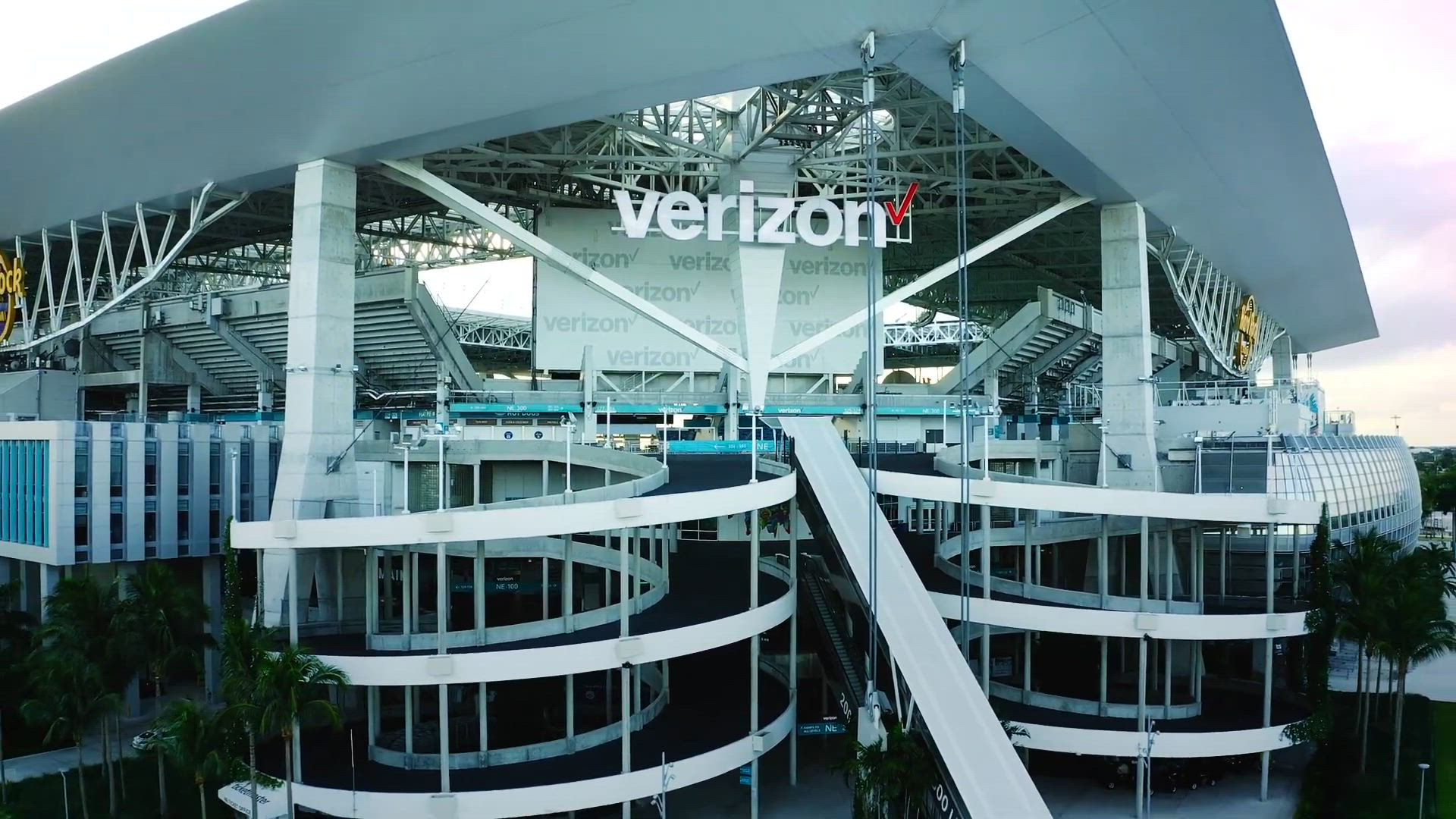Accessibility Resource Center
Skip to main content
end of navigation menu
loaded
Life is better with Verizon
Scroll down
Catch up on the latest
Careers
Work with purpose Find success
We’re engineers, innovators, customer champions and so much more. Be part of a team that delivers the latest and greatest, every single day.



Investors
Deliver strong results
Not many companies can transform their businesses in a time of accelerating change, but we have and will continue to do so.
$1.17
diluted earnings
reported per share
$28.0 billion
net cash
provided by operating activities in the 9 months ended September 30, 2025
$0.69
quarterly dividends
per share
$134.8 billion
revenue
generated in 2024
Our responsibility
Making the world a better place
We’re dedicated to bringing economic, environmental and social change to the communities we serve. That’s why we’re committing $3 billion dollars to the communities we serve.

Always a step ahead with innovation
Building tomorrow’s technology today

loaded
Verizon brings portable connectivity to sports and entertainment

loaded
Verizon 5G and edge compute trial with NHL

loaded
Partnering to bring you more entertainment experiences
Innovation
Network Technologies




